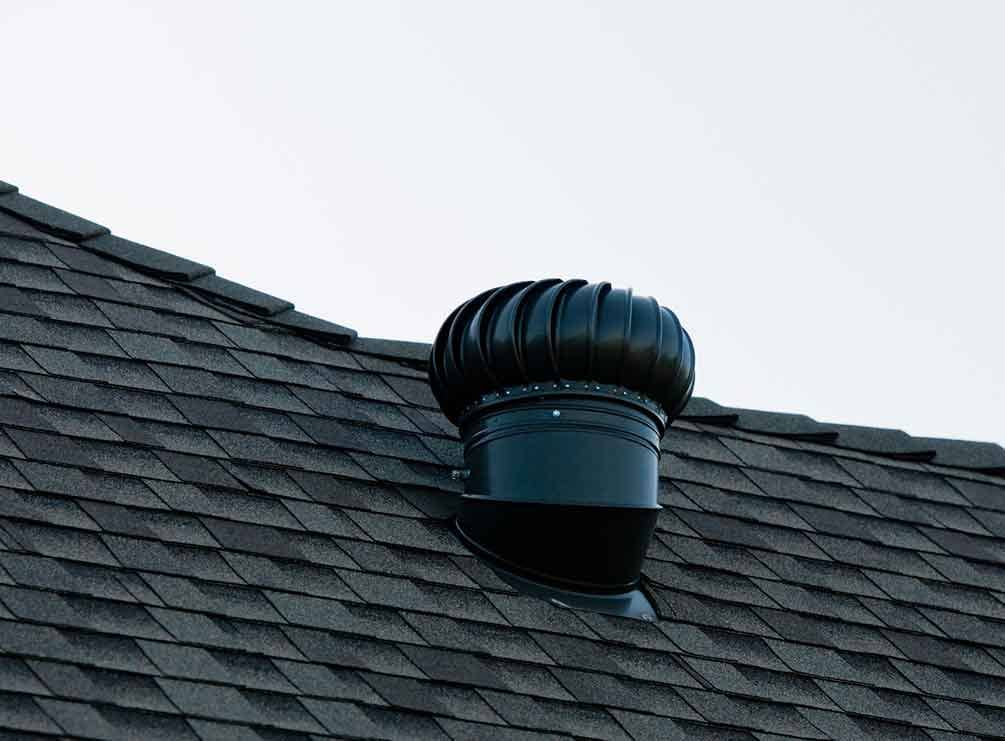The solid-state condition of any roof is not just determined by the quality of the roofing materials installed. Underlying factors like insulation and attic ventilation are just as critical.
Homeowners usually focus on projects that will improve the aesthetic appeal of their homes. Especially those projects that may increase the curb appeal of their properties. But some projects, including improving attic ventilation, can benefit a home even when they aren’t especially eye-catching.
Attic Ventilation Is A Roof Life Saver
Attic ventilation preserves the life of a roof while improving the energy efficiency of a home. It may seem counterproductive to let air into the attic when you are sealing drafts elsewhere in the home. But there is rhyme and reason to venting an attic throughout the year.
Residents of Columbus should take the importance of attic ventilation into account even before they consider owning a house. Temperatures in Central Ohio creep below zero during the winter months, with January being the coldest. The cold winter also brings the danger of ice dams. This will threaten to strain the roof and your house to intolerable limits. When you’re having sleepless nights about the condition of the roof and attic ventilation, professionals at roofing in Columbus, Ohio such as Muth and Co. Roofing can help.
So What Does Attic Ventilation Look Like?
A ventilation system basically comprises a network of vents or ventilation strips built into the edge of the roof to maintain continuous airflow in the attic. The airflow helps keep the attic nice and dry, preventing rot and mold from forming. A Columbus, Ohio roofing contractor may have other options such as putting the vents under the eaves to manage the airflow better.
Some homeowners prefer having attic fans installed, which activate upon reaching preset temperatures, to keep the area cool and dry. This is where the professionals at Muth Roofing can talk to you about the device because setting up will require running wires into the insulation.


